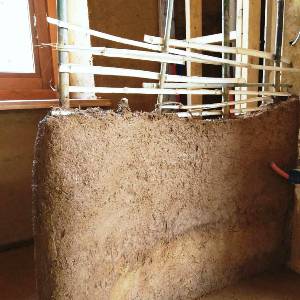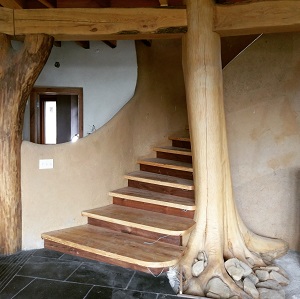
Here are my favorite books on general green building topics and natural building overviews (click the cover to purchase)
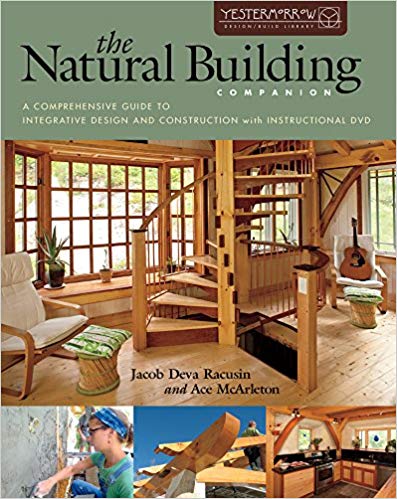
If you want one natural building book, this is it. Covers a broad range of materials, includes benefits, challenges, details, tips, plus a DVD
Buy this book
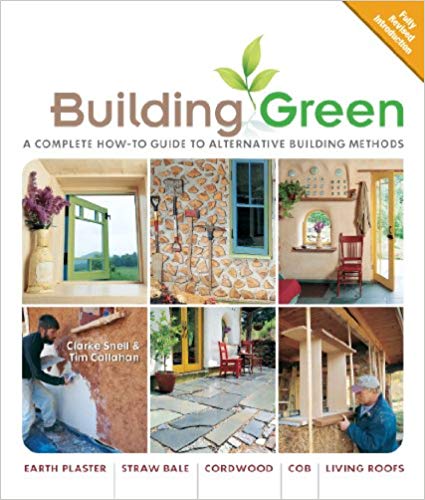
This book covers the construction of a small building...each wall built with a different natural material. Includes great process photos
Buy this book
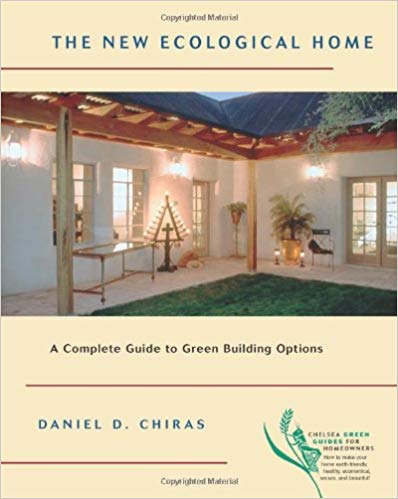
Includes information on energy-efficiency, passive heating & cooling, and choosing healthy & sustainable building mateirals
Buy this book
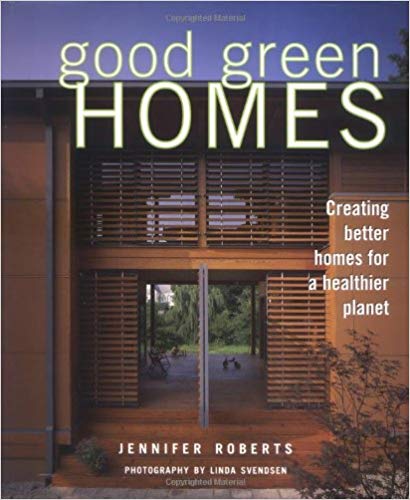
Covers general "green building" with lots of info and many inspirational photos; info for new construction as well as remodeling
Buy this book
If you want one natural building book, this is it. Covers a broad range of materials, includes benefits, challenges, details, tips, plus a DVD.
This book covers the construction of a small building...each wall built with a different natural material. Includes great process photos.
Covers general "green building" with lots of info and many inspirational photos; info for new construction as well as remodeling.
Includes information on energy-efficiency, passive heating & cooling, and choosing healthy & sustainable building mateirals.
Compares historical vs modern perspectives on construction while covering materials, structural elements, comfort, and detailing.
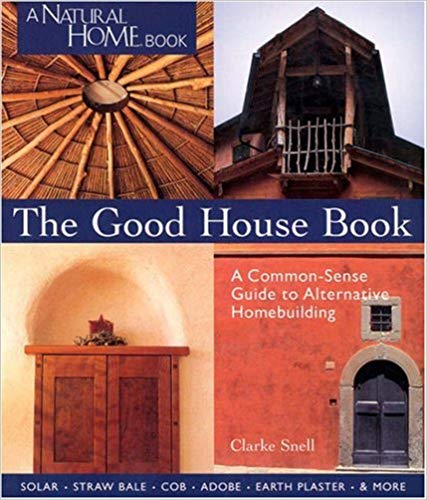
Compares historical vs modern perspectives on construction while covering materials, structural elements, comfort, and detailing
Buy this book
My definition of natural building is this:
Use materials you have locally in abundance,
that can be harvested without harm, and
build in a way that ensures health &
energy efficiency in your climate.
Several variables determine which material is best
suited for your application, including: thermal
performance, budget, sweat equity goals, and skill of
your work force. This means no single solution will
suit every situation. And it means you will need to
understand the properties of various building
materials around you.
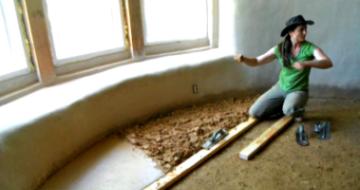
Are you a hands-on learner?
Looking for practical experience building actual natural homes?
Come join a Workshop



Comparison of Natural Wall Materials
quick look comparison of various natural materials & methods
| MATERIAL |
DESCRIPTION |
BEST USE |
BENEFITS |
CHALLENGES |
|
|
Strawbale wall construction uses big fuzzy agricultural bricks of straw, stacked and secured. The surfaces are coated with breathable, tactile clay or lime plasters. |
Use to save energy for heating or cooling, or wherever you benefit from high insulation |
|
|
|
|
Light clay straw is made by coating straw fibers with liquid clay and tamping the mixture into a wall cavity. The clay glues the straw fibers together to create a solid infill material. |
Use where modest insulation or good sound absorption is a benefit |
|
|
|
|
Hempcrete is a combination of hemp hurds (from woody hemp stalks) glued together with sticky lime. The mixture is tamped into a wall cavity and then plastered on both sides. |
Use as insulation to save energy for heating or cooling, especially where walls need resilience from occasional wetting |
|
|
|
|
Cordwood features logs, round or split, all cut to the same length. The logs are mortared together, with their length creating the wall-width. |
Use if you have wood in abundance and benefit from modest insulation |
|
|
|
|
Cob is a mixture of clay soil, sand aggregate, and straw fiber. When wet, the material is malleable and can be easy sculpted. As the cob dries, it becomes exceedingly strong. |
Use as mass (heat battery) for passive solar design or in climates where cooling is always beneficial |
|
|
|
|
Adobe is exactly the same as cob, but formed into over-sized bricks. The bricks are dried in the sun and then stacked with a clay-based mortar. |
Use as mass (heat battery) for passive solar design or in climates where cooling is always beneficial |
|
|
|
|
Rammed Earth is a mixture of clay binder and sand aggregate that is tamped into formwork. The tamping transforms the mixture essentially into sedimentary rock. |
Use as mass (heat battery) for passive solar design or in climates where cooling is always beneficial |
|
|
|
|
Wattle is woven material, shap. Daub is a wet mixture of clay soil and plant fibers (such as straw). |
Use as non-structural partitions where insulation is not required |
|
|
•
thick walls with deep window sills
•
careful detailing required
•
must use breathable finishes
•
requires interaction with permit officials
•
excellent acoustic performance
•
requires ample airflow during drying
•
requires cavity wall system (such as stud framing)
•
can handle some dampness
•
lime binder is caustic during installation
•
requires cavity wall system (such as stud framing)
•
currently costly in USA
•
no finish plastering required
•
uses short pieces of wood
•
logs create the wall surface aesthetic
•
logs must be cured (dried) to prevent shrinking in place
•
pointing between logs can be tricky
•
creates humidity during drying
•
sculptable, curve-wall friendly
•
made ahead of time (wall goes up fast)
•
no finish plaster needed
•
need space to make & sun-dry bricks
•
protect from rain during brick production
•
niches require planning
•
niches require planning
•
critical to test materials to find strongest recipe
•
no finish plaster needed
•
beautiful striated effect
•
usually requires finish plaster
•
nearly free interior wall system
The answer is simple: IT DEPENDS! (of course!)
To help sort out which materials are better suited for your application, it's important to understand some basic material properties. Then I'll explain how to use those attributes to your greatest advantage.
STRAW insulates. What this means is that a wall built of strawbales or other straw-based material slows down heat energy traveling from one side of the wall to the other. A good insulator acts like a down jacket that keeps your body heat inside the jacket instead of getting disbursed to the cold winter air. A well-insulated house will use less energy to heat in winter than a poorly insulated house, because the insulation keeps the heat inside. If you use an air conditioner in summer, insulation will keep the heat outside, so again you need less energy to keep cool.
CLAY materials act as thermal mass. Clay walls store heat energy because thermal mass is like a storage battery for heat (or cool) energy. This means clay materials are good at absorbing heat energy from the sun or a fire and storing that heat. When the air temperature drops lower than the temperature of the clay material, the battery stored heat releases back into the air. In this way, clay absorbs a lot of heat energy and then releases the heat over time, long after the heat source is gone. Conversely, a shaded thermal mass with no heat input will stay cool in the summer and absorb heat energy out of the warmer air around it (thus having a net cooling effect, like free air conditioning).
How I use natural materials...
I use a combination of strawbale and clay walls. I design for a climate that requires several months of heat in the winter. Using insulating strawbales for exterior walls ensures only minimal energy is needed to heat. I then position clay elements to the interior: surrounding a wood-burning heat source or positioned so low winter sun warms it from the south. A well-positioned clay wall captures free heat from the sun in cold months. That same clay wall is shaded in summer and draws heat out of the space (like a cave). Clay walls inside a well-insulated envelope regulate the interior temperature in both winter & summer for free.
How to best use these characteristics to your advantage?
The answer depends on your climate and what you are building. If you will use energy to change the inside temperature and keep it something different from the outside temperature, then you want a good insulator...ie, straw. If you live in a mild climate where the temperature swings are day-to-night instead of seasonal, then you want thermal mass to average out temperature swings...ie, clay. Thermal mass can also provide highly beneficial interior elements in conjunction with passive solar design, to capture heat from the southern sun in winter (when the sun is low) but remain shaded in summer (when the sun is high in the sky).
How do you know which materials work
best for your application??
| STRAW works best... |
CLAY works best... |
| |
|
•
anywhere you are trying to keep the inside temperature different from the exterior temperature; the insulating strawbales will help keep the temperature exchange to a minimum, so the energy used to change the inside temperature will be minimized
•
added to clay materials for internal structure (armature)
•
as thermal mass built around a masonry heater or rocket stove (or near a wood burning stove), where the cob can absorb heat from the fire, and store the heat energy even after the fire is out
•
for trombe walls in passive solar design, with the cob thermal mass inside, where it is warmed by sun coming through South-facing glass
•
for any interior element when you are trying to keep the inside cool; this can be the same thermal mass used to keep warm in winter as long as there is no heat source warming it when you want to stay cool






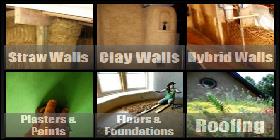

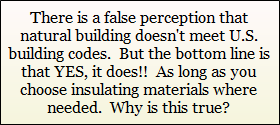

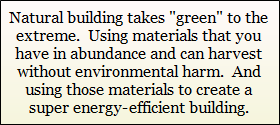

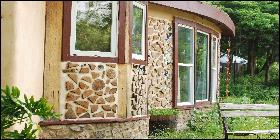



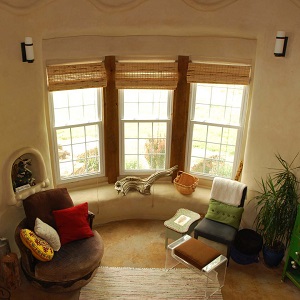





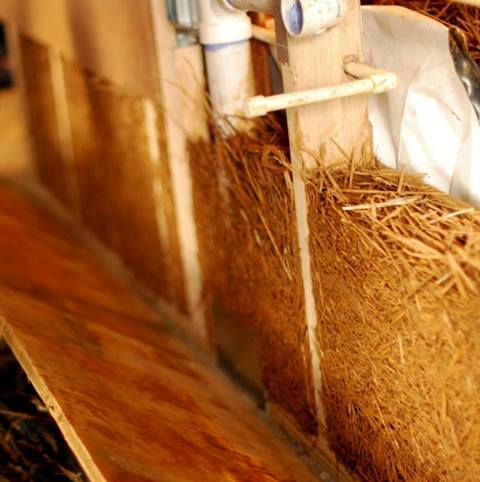




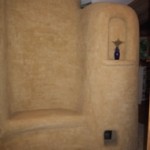

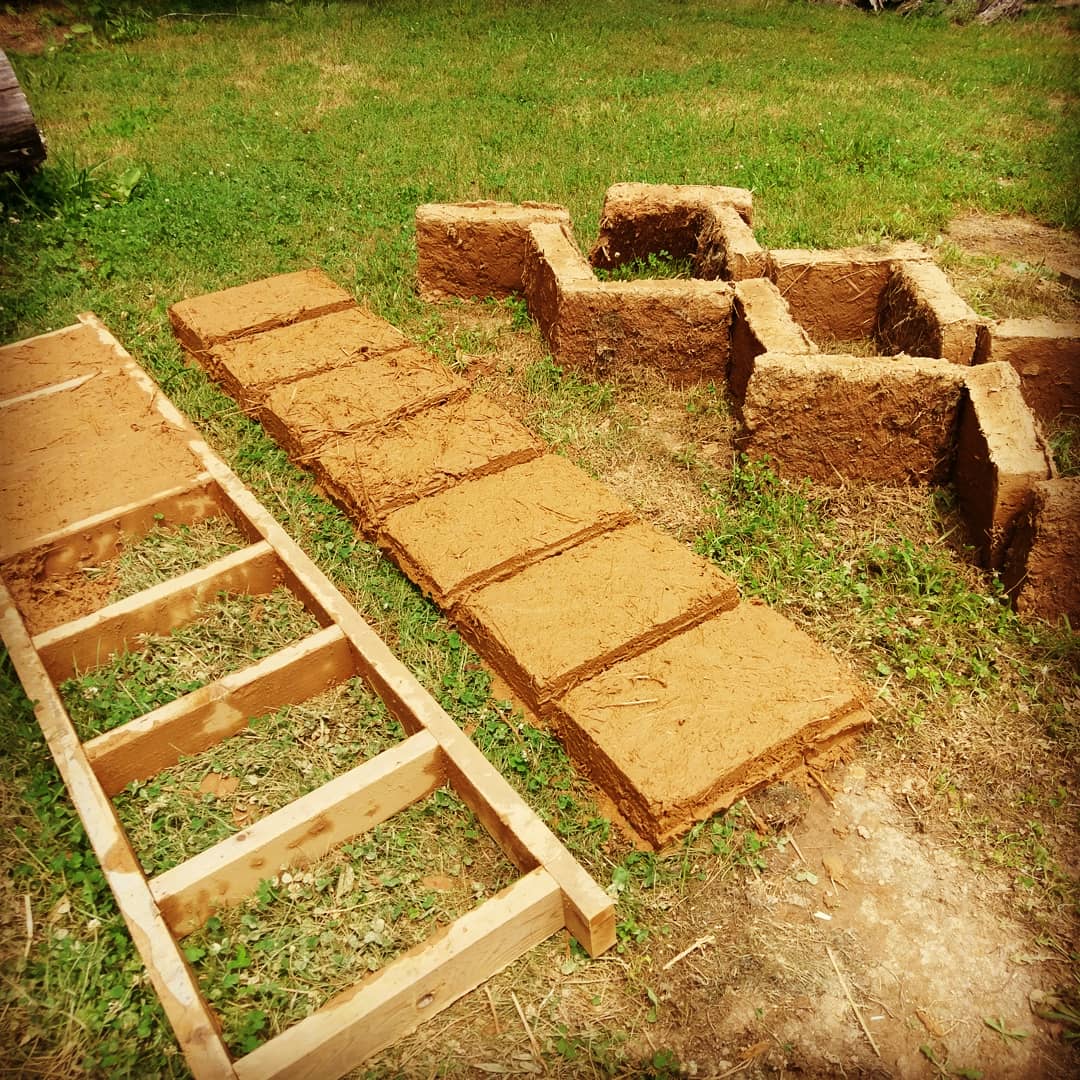

.jpg)

